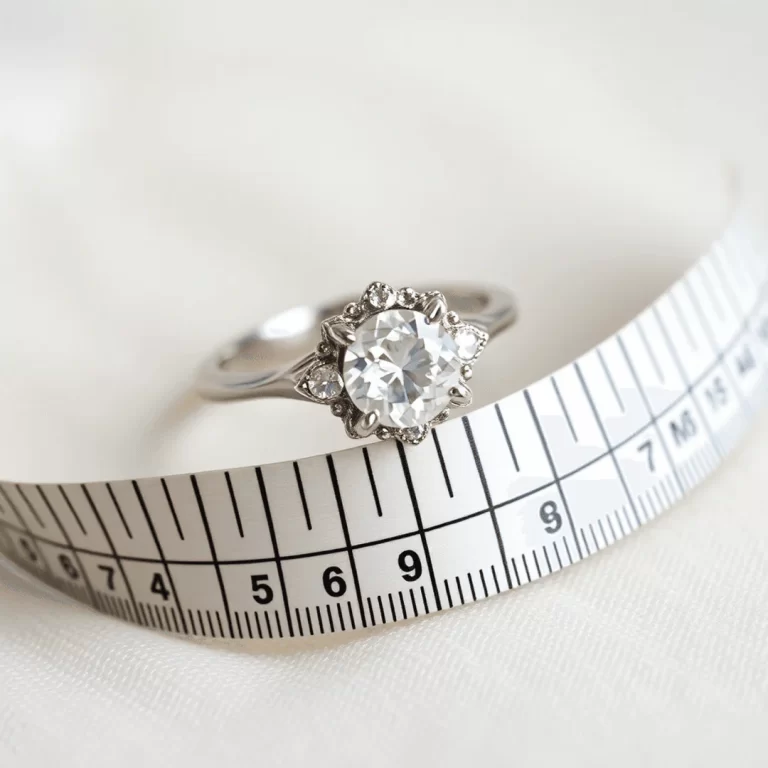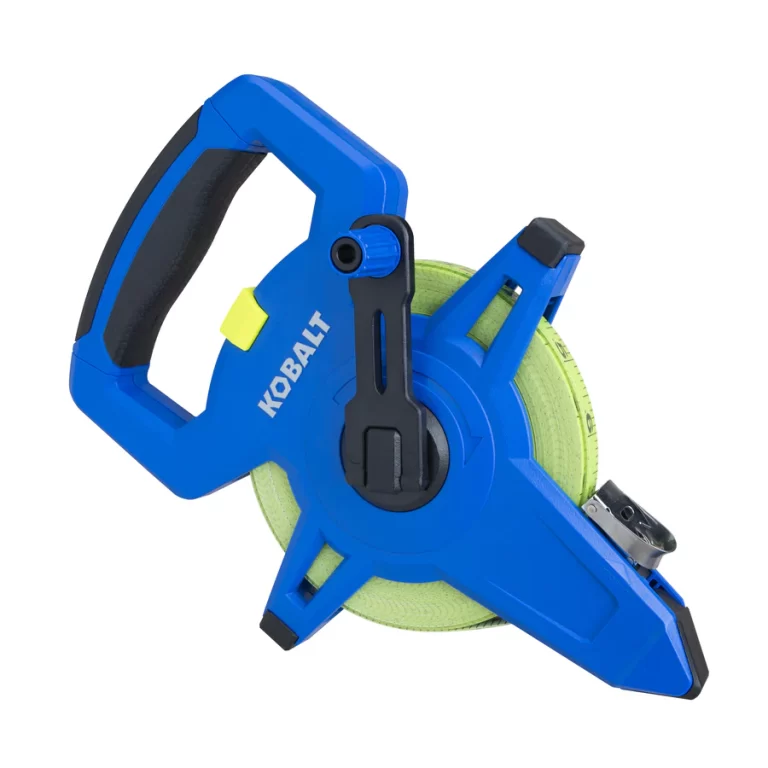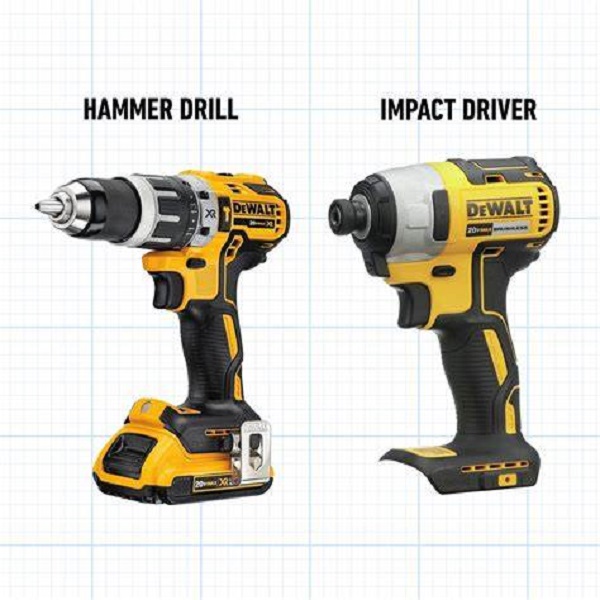
Impact Driver vs Impact Wrench: Right Tool for Your Project
When building or repairing, choosing the right tools can make all the difference. Impact driver vs impact wrench is a common comparison among DIY enthusiasts and professionals alike. Both tools are powerful and designed to drive screws and bolts efficiently, but they serve distinct purposes. In this detailed guide, we will explore the differences, applications, and benefits of impact drivers and impact wrenches, helping you make an informed decision for your projects.
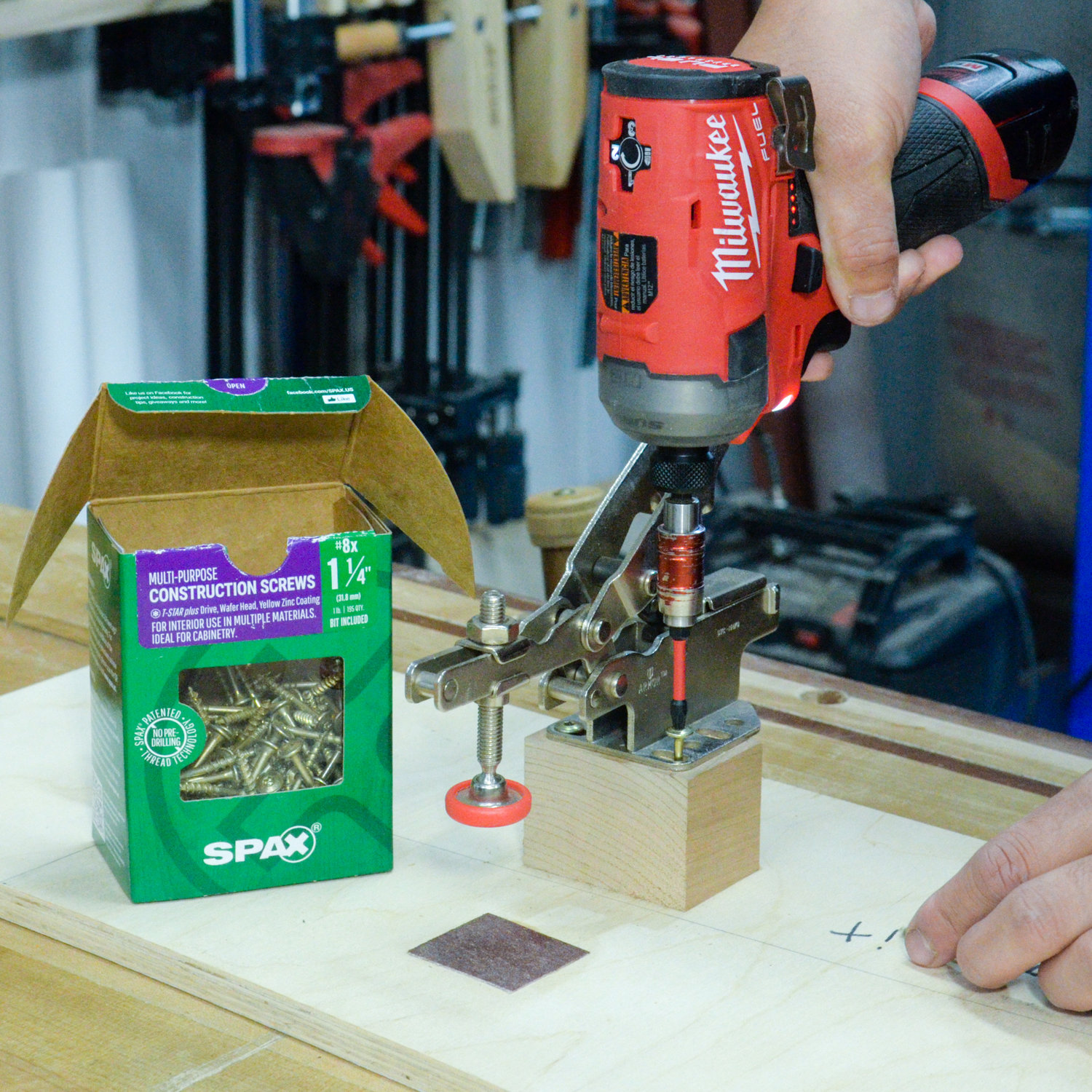 What is an Impact Driver?
What is an Impact Driver?
An impact driver is a power tool designed for driving screws and fasteners. It uses rotational force and concussive blows to perform tasks efficiently. This tool is compact, lightweight, and ideal for tight spaces. DIYers and professionals appreciate its ability to handle demanding jobs with ease.
Key Features of Impact Drivers
- Compact Design: Lightweight and easy to handle in confined spaces.
- Rotational Impact Mechanism: Combines force with concussive strikes for better performance.
- Hex Chuck: Usually a 1/4-inch hex chuck for quick bit changes.
- Cordless Option: Often battery-powered for portability and convenience.
- Ergonomic Build: Designed for extended use without causing strain.
Common Uses for Impact Drivers
- Driving Screws: Perfect for inserting screws into tough materials like wood or metal.
- Small Fasteners: Ideal for assembling furniture or light construction tasks.
- DIY Projects: Great for home improvement jobs requiring precision and speed.
- Maintenance Work: Helpful in repairs, especially for removing tightly stuck screws.
Advantages and Disadvantages of Impact Drivers
Advantages:
- Compact and lightweight, making it easy to use in tight spots.
- Delivers high rotational frequency with minimal user strain.
- Works faster than a regular drill for driving screws.
- Battery-powered options provide portability.
Disadvantages:
- Less torque compared to impact wrenches.
- Not suitable for heavy-duty jobs like loosening lug nuts.
- Limited to smaller tasks involving screws and light fasteners.
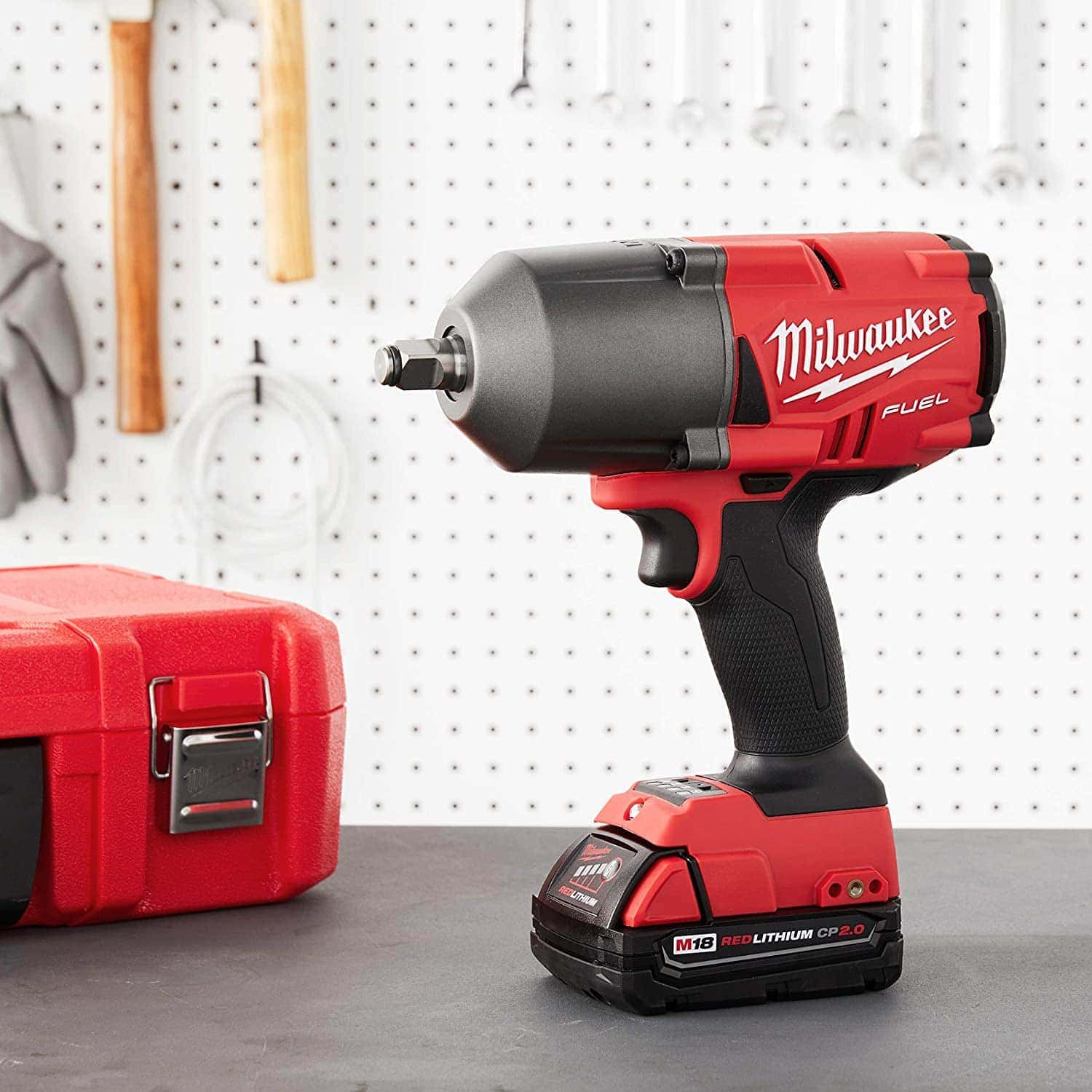 What is an Impact Wrench?
What is an Impact Wrench?
An impact wrench is a powerful tool used primarily for loosening and tightening bolts and nuts. It generates high torque by delivering rapid, repeated impacts. This tool is larger and heavier than an impact driver, making it better suited for heavy-duty tasks. Professionals often rely on it for tasks requiring significant power.
Key Features of Impact Wrenches
- High Torque Output: Delivers immense force to handle large bolts and nuts easily.
- Square Drive: Typically comes with a 1/2-inch square drive for attaching sockets.
- Corded or Cordless Options: Both power options are available to suit different needs.
- Heavy Build: Designed for durability and heavy-duty applications.
- Variable Speed Control: Allows control over the force applied during use.
Common Uses for Impact Wrenches
- Loosening Lug Nuts: Commonly used for changing car tires.
- Automotive Repairs: Essential for mechanics working on engines and suspension systems.
- Construction Work: Great for assembling heavy structures and tightening metal frames.
- Industrial Applications: Used in factories for machinery maintenance and installations.
- Heavy Equipment Repair: Effective in servicing tractors, cranes, and other large equipment.
Advantages and Disadvantages of Impact Wrenches
Advantages:
- Extremely high torque for heavy-duty tasks.
- Works faster than manual or smaller tools.
- Durable build for professional environments.
- Suitable for a wide range of industrial and automotive jobs.
Disadvantages:
- Bulky and heavier, making it less portable.
- Not suitable for smaller screws or lightweight tasks.
- Can be louder compared to an impact driver.
Key Differences Between Impact Drivers and Impact Wrenches
Design and Size
Impact drivers are compact, lightweight, and designed for small tasks in tight spaces. They usually feature a 1/4-inch hex chuck for quick and easy bit changes. This ergonomic design makes them comfortable for extended use. In contrast, impact wrenches are larger and heavier, built for heavy-duty applications. Most impact wrenches include a 1/2-inch square drive for attaching sockets, accommodating larger bolts and nuts.
Power and Torque Comparison
Impact drivers deliver moderate torque, ideal for driving screws and small fasteners. Their rotational impact mechanism combines force with concussive blows, ensuring efficient performance. On the other hand, impact wrenches offer significantly higher torque output. This makes them suitable for loosening stubborn lug nuts and tackling industrial-grade tasks. The powerful impacts of an impact wrench are unmatched, enabling it to complete tough jobs quickly.
Applications: When to Use Each Tool
Choose an impact driver for home improvement and DIY projects requiring precision. They excel in tasks like driving screws into wood or assembling furniture. Impact wrenches, however, are better suited for automotive repairs, construction, and industrial tasks. Use them for changing car tires, tightening heavy bolts, or maintaining machinery. Both tools have specific uses based on their features and strengths, making them complementary rather than interchangeable.
Pros and Cons of Each Tool
Impact Driver Pros and Cons
Pros:
- Compact Design: Easy to handle in confined spaces and lightweight for user comfort.
- High Speed: Drives screws faster than standard drills.
- Portability: Cordless models allow easy movement during tasks.
- Versatility: Useful for many DIY projects and maintenance tasks.
- Ergonomic Build: Minimizes user fatigue during extended use.
Cons:
- Lower Torque: Not suitable for heavy-duty applications.
- Limited Use: Best for smaller screws and fasteners.
- Accessory Dependency: Requires specific bits with a hex chuck design.
Impact Wrench Pros and Cons
Pros:
- Immense Torque: Quickly loosens or tightens large bolts and nuts.
- Heavy-Duty Performance: Ideal for challenging tasks in construction and automotive work.
- Durable Build: Designed for professional-grade applications and long-lasting use.
- Speed Control: Variable speed settings offer precision for different tasks.
- Wide Applications: Handles industrial jobs and machinery repairs effectively.
Cons:
- Bulky Design: Heavier and less portable compared to impact drivers.
- No Use for Small Tasks: Overpowered for screws and lightweight jobs.
- Higher Noise Levels: Produces more noise during operation.
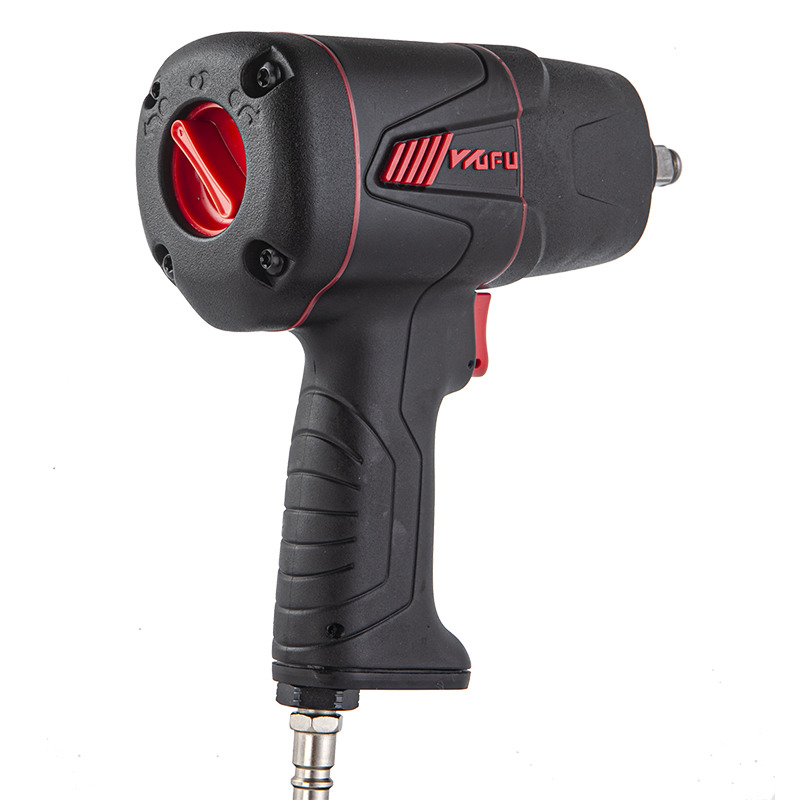 Choosing the Right Tool for Your Needs
Choosing the Right Tool for Your Needs
Selecting between an impact driver and an impact wrench depends on your specific requirements. Each tool is designed to excel in different situations. Consider their strengths, weaknesses, and features before making a decision.
Factors to Consider
- Task Type: Identify the scope of your work. Use an impact driver for screws and light fasteners. Opt for an impact wrench for bolts, nuts, and heavy-duty applications.
- Power Needs: Assess the torque you require for your tasks. Impact drivers deliver moderate torque, suitable for DIY projects. Impact wrenches provide immense torque, ideal for automotive or industrial work.
- Portability: Choose cordless models if mobility is essential. Impact drivers are lighter and easier to carry. Impact wrenches, while heavier, also offer cordless options for field use.
- Budget: Compare costs to determine what fits your budget. Impact drivers are generally more affordable. Impact wrenches, due to their high power, can be a pricier investment.
Scenarios for Choosing Impact Driver vs Impact Wrench
- Home Projects: Pick an impact driver for furniture assembly, shelf installation, or hanging wall décor. Its compact design suits precise tasks.
- Automotive Repairs: Choose an impact wrench for loosening lug nuts or fixing engines. Its high torque ensures efficiency.
- Construction Work: Impact wrenches excel in heavy applications like tightening steel beams and heavy bolts.
- DIY Maintenance: Impact drivers are ideal for household tasks, such as fixing cabinets and repairing doors.
- Industrial Work: Rely on an impact wrench for machinery maintenance and large equipment repairs.
Evaluating your needs thoroughly will help you pick the right tool. Both impact drivers and impact wrenches bring unique advantages to their respective tasks.
FAQs About Impact Drivers and Impact Wrenches
Can an Impact Driver Replace an Impact Wrench?
No, an impact driver cannot fully replace an impact wrench. These tools are designed for different purposes. An impact driver works best for driving screws and small fasteners. It provides moderate torque, which is insufficient for heavy-duty applications.
Impact wrenches, however, are built for tasks requiring immense torque, such as loosening lug nuts. They are ideal for automotive repairs, construction, and industrial applications. While an impact driver may manage light bolt work occasionally, it should not handle heavy-duty bolts or nuts. For such jobs, choose an impact wrench to avoid tool damage or inefficiency.
Are Impact Wrenches Suitable for Everyday Use?
Impact wrenches are less suitable for everyday use compared to impact drivers. Their high torque makes them specialized for heavy-duty tasks. Using an impact wrench for small screws or lightweight jobs can be impractical and overkill.
Impact drivers are more versatile for daily projects like furniture assembly and home repairs. They are lightweight, portable, and designed for precision. Impact wrenches are better reserved for demanding tasks, such as automotive and industrial work, where significant power is necessary. Evaluate the needs of your projects before using an impact wrench.
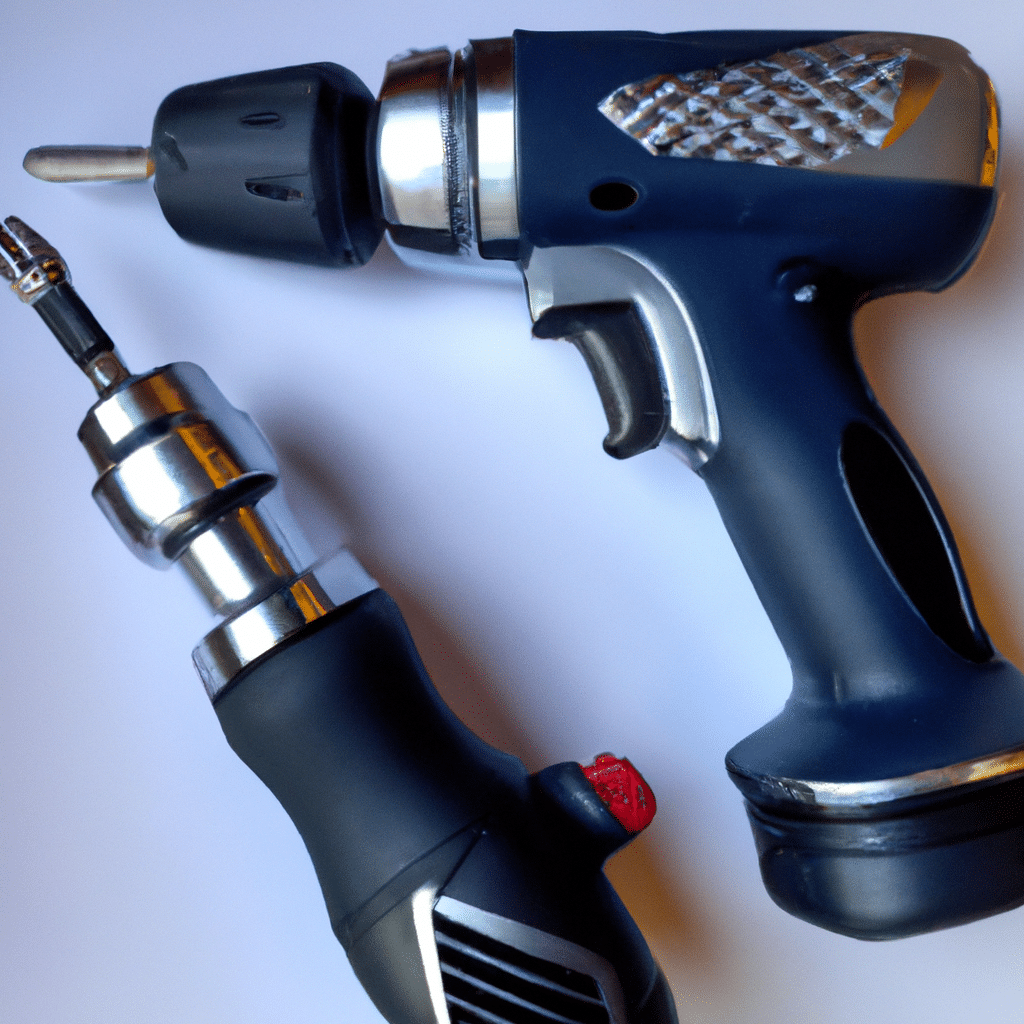 Maintenance and Care Tips for Both Tools
Maintenance and Care Tips for Both Tools
Proper maintenance extends the life and efficiency of both impact drivers and impact wrenches. These tools require consistent care to perform well in demanding tasks. Below are practical guidelines for maintaining and caring for each tool.
Cleaning After Use
- Remove Dust and Debris: Clean the tool’s exterior with a soft brush or cloth after every use.
- Inspect Moving Parts: Ensure no dirt or debris is clogging the chuck or drive mechanism.
- Avoid Moisture Exposure: Store the tools in a dry space to prevent rust or damage.
Lubrication and Greasing
- Apply Lubrication: Regularly lubricate moving parts to reduce wear and ensure smooth operations.
- Check Manufacturer Guidelines: Use the recommended grease or oil type for the tool.
Battery Care for Cordless Models
- Charge Properly: Avoid overcharging to prolong battery life.
- Store Batteries Correctly: Keep in a cool, dry place when not in use.
- Inspect Battery Condition: Monitor for signs of swelling or reduced performance.
Regular Inspection
- Check for Damage: Inspect tools frequently for wear and tear or loose screws.
- Test Performance: Run the tool periodically to ensure all functions work properly.
Maintenance Schedule
- Follow Manufacturer Instructions: Adhere to maintenance schedules provided by the tool’s manual.
- Replace Damaged Parts: Swap worn-out or faulty components immediately.
- Professional Servicing: Consider professional maintenance for prolonged issues.
Careful handling and timely maintenance will keep your impact driver and impact wrench working like new. Ensuring proper care will optimize durability and performance over time.
Impact Driver vs Impact Wrench: Making Your Decision
Identify Your Primary Use
Start by identifying your primary use case. If you frequently work with screws, assemble furniture, or handle light to medium-duty tasks, an impact driver is likely the best choice. However, if your work involves heavy-duty fastening, such as automotive repairs or industrial projects, an impact wrench is essential.
Consider Your Budget
Your budget plays a crucial role in deciding between an impact driver vs impact wrench. Impact drivers are generally more affordable and offer excellent value for a wide range of applications. Impact wrenches are more expensive but provide the necessary power for specialized tasks, making them a worthwhile investment for professionals.
Evaluate Space and Portability
Consider the space you have for storing tools and the importance of portability. Impact drivers are compact and easy to carry, making them suitable for mobile use and small workspaces. Impact wrenches, being larger and heavier, require more storage space and are typically used in fixed workshop environments.
Assess Power Requirements
Evaluate the power requirements of your tasks. Cordless impact drivers offer convenience and portability, while pneumatic impact wrenches are preferred for continuous, high-power applications. Choose a tool that aligns with your power source preferences and the demands of your projects.
Enhancing Your Toolkit
Investing in Both Tools
For those who engage in a variety of projects, investing in both an impact driver and an impact wrench can significantly enhance your toolkit. This combination covers a broader range of applications, ensuring you have the right tool for any job.
Complementary Tools
Consider adding complementary tools to your collection, such as drills, ratchets, and torque wrenches. These tools can work in tandem with your impact driver and wrench, providing a comprehensive solution for your fastening and drilling needs.
High-Quality Accessories
Invest in high-quality bits, sockets, and attachments to maximize the performance of your impact driver and wrench. High-quality accessories ensure better efficiency, reduce wear on your tools, and provide a more reliable and precise operation.
 Conclusion
Conclusion
Deciding between impact driver vs impact wrench depends on the specific demands of your projects and your professional or DIY needs. Impact drivers offer versatility, ease of use, and sufficient power for a wide range of tasks, making them an excellent choice for general use. On the other hand, impact wrenches provide unparalleled torque for heavy-duty applications, making them indispensable for specialized work in automotive and industrial settings.
By understanding the key differences, applications, and benefits of each tool, you can make an informed decision that enhances your efficiency and productivity. Whether you opt for an impact driver, impact wrench, or both, investing in the right tools will empower you to tackle any project with confidence and precision. Embrace the power and functionality of these essential tools, and elevate your craftsmanship to new heights.
